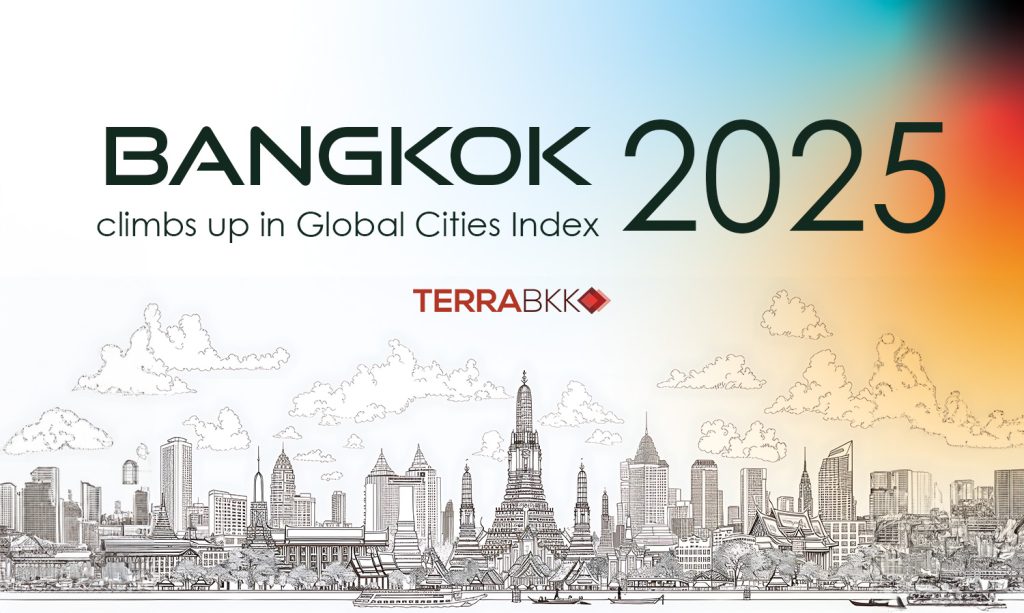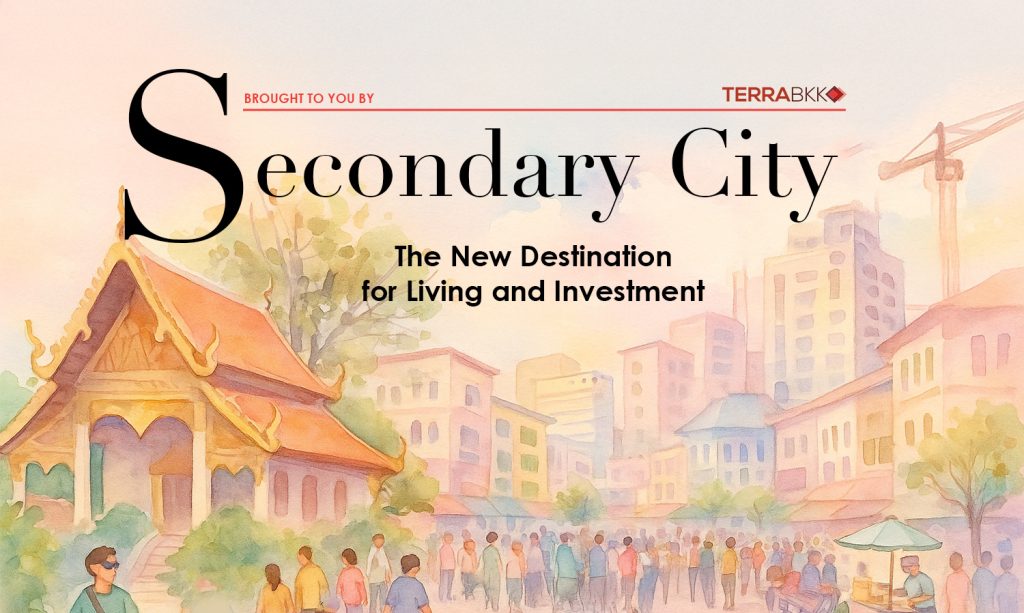NEWS & EVENTS
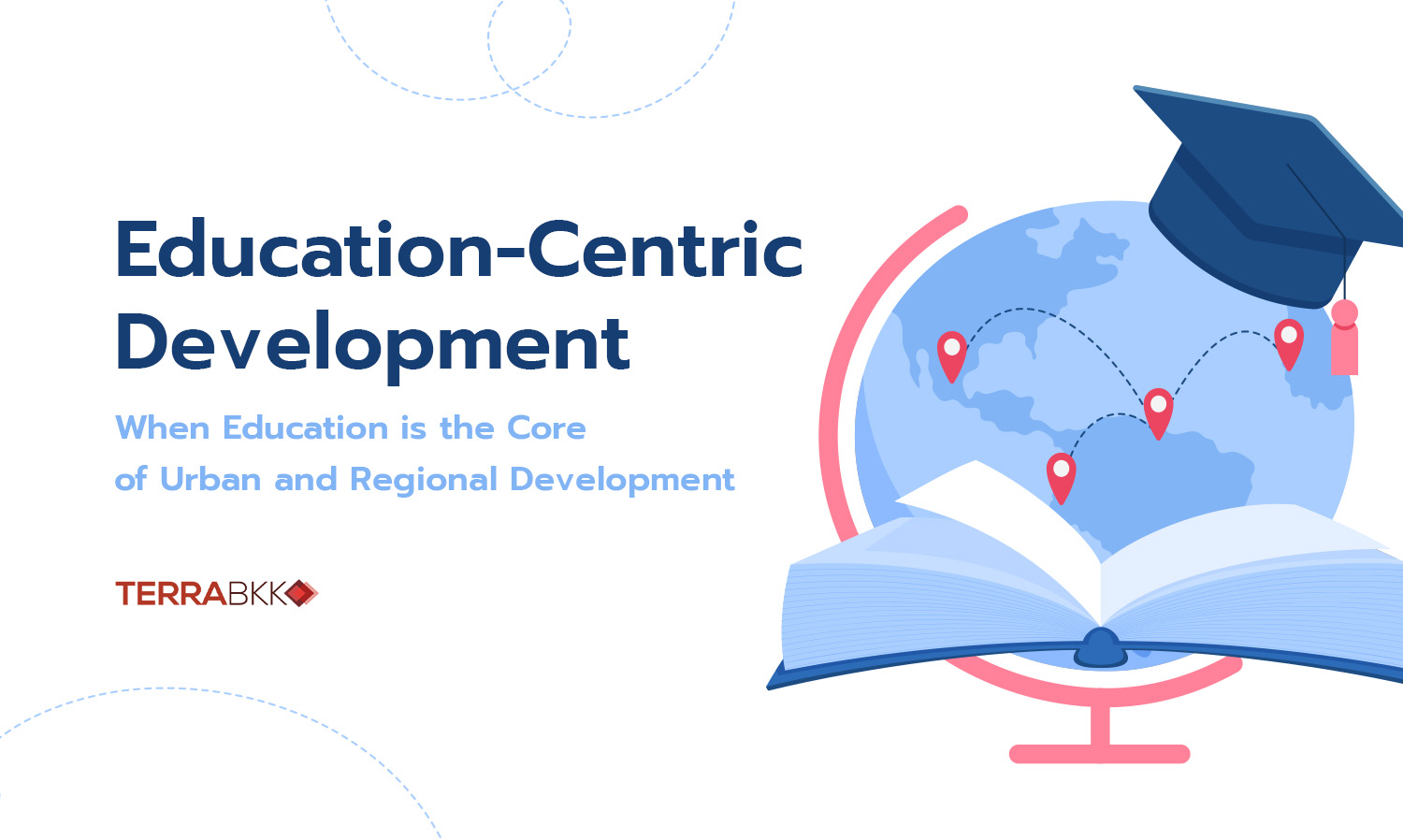
The concept of Education-Centric Development, or “urban development with education at the core,” stems from the view that education is more than just a basic service—it’s a “magnet” capable of attracting people, families, and economic activities to congregate in an area. The presence of high-quality educational institutions, whether they be schools, universities, or research institutions, can positively impact both residents’ quality of life and the surrounding real estate value.
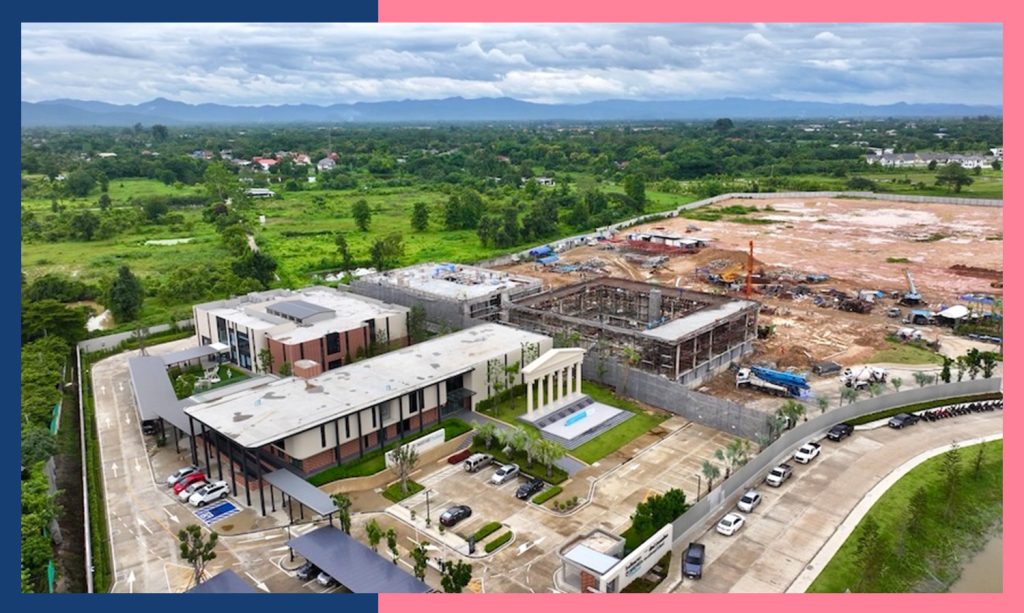
For investors and real estate developers, the Education-Centric Development concept is a compelling “value-add strategy,” particularly in large cities and countries that prioritize education. Internationally, Education-Centric Development has a long history and offers many examples of successful projects that have transformed their surrounding areas.
Mill Hill, London: A town development project centered around a famous secondary school. Mill Hill School was founded in 1807, significantly elevating the reputation of the Mill Hill Village area and establishing it as a recognized high-quality residential district. This private school, situated on over 120 acres of land, has played a crucial role in the area’s development by attracting affluent and upper-middle-class families to purchase residences so their children could attend the quality institution. This, in turn, has boosted the local economy.
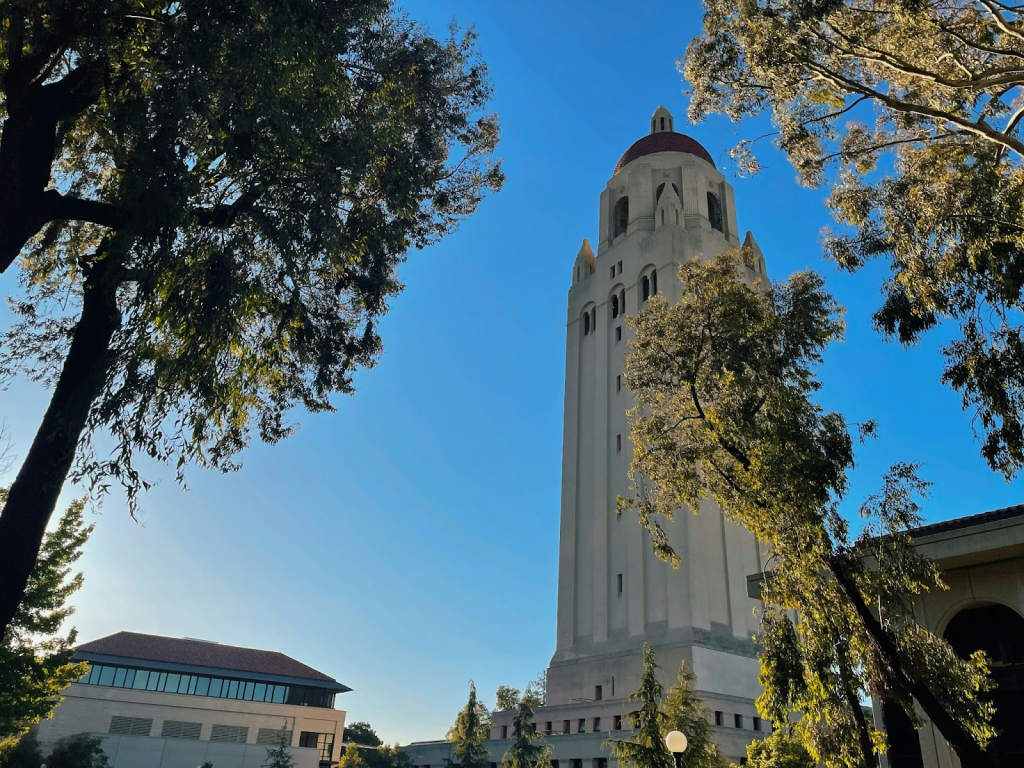
University Towns in the U.S. such as Palo Alto (surrounding Stanford) or Cambridge (surrounding Harvard/MIT): These areas have grown into centers of economy and innovation because the universities not only produce graduates but also attract companies, research, startups, and a high-quality workforce. For example, the founding of Stanford University in 1885 was a critical turning point that transformed Palo Alto from a small town into a global center of economics, knowledge, and innovation. It drew in a massive influx of faculty, students, and staff, prompting the development of residential housing, shops, and infrastructure to accommodate the growing population.
Meanwhile, private tourism and the long-stay market have rebounded strongly post-pandemic, as seen in substantial investments from global brands in the hospitality, healthcare, and real estate sectors. As a result, Phuket is no longer solely known as a tourist hotspot but has evolved into a Global Luxury Destination offering residential living, tourism, and long-term asset investment opportunities.
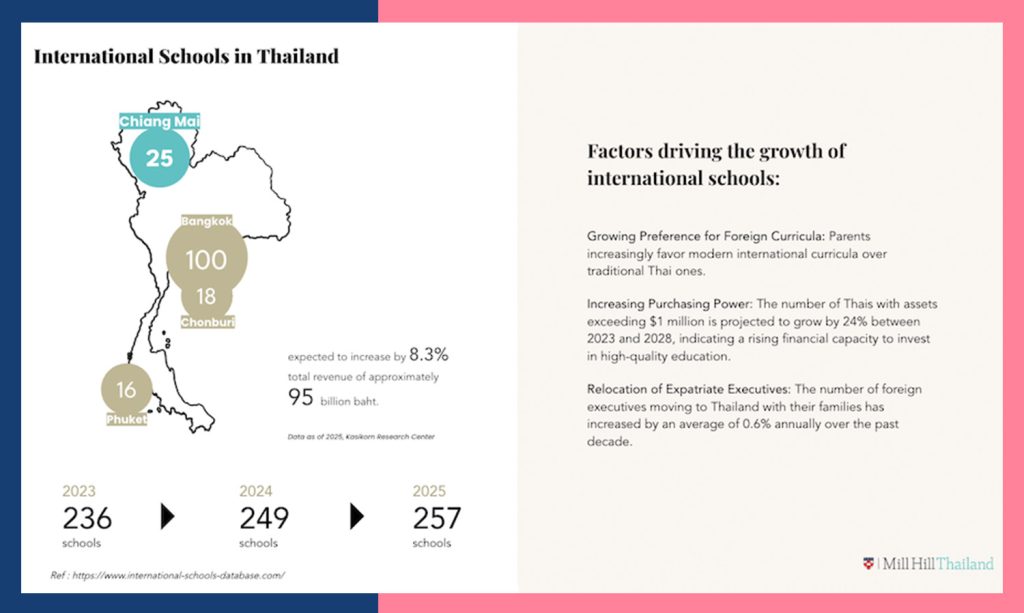
In Thailand, the concept of Education-Centric Development is increasingly gaining traction, especially in Bangkok and major cities. This is driven by demand from both Thai families and expatriate families who work in the country and choose to have their children attend international schools.

The presence of a high-quality school or university in an area often acts as an “accelerator” for the development of surrounding real estate projects, including single-family homes, townhomes, condominiums, and various commercial ventures. This is because many families are willing to invest so their children can attend the best schools, live close to the educational institution, minimize the daily commuting time, be an asset for their children, or resale after their children graduate.

Education-Centric Development in Thailand has grown alongside the rise of international schools. Notice that the areas surrounding Bangkok’s leading international schools, such as Shrewsbury, Harrow, or King’s College, are often surrounded by luxury housing projects and premium condominiums, which typically experience higher growth in value.
Similarly, in other neighborhoods, like inner Bangkok near famous schools, luxury residential projects command steady and high rental rates, driven by demand from the expatriate community. The Bangna–Trad area, for instance, has seen exponential growth fueled by the presence of top-tier international schools and general urban expansion, making it a highly popular residential zone for both Thai and foreign nationals.
This is the power of education—that not only elevates a family’s quality of life but also enhances long-term property value. This type of development is apparent in other major regional cities like Phuket and Chiang Mai, which have become destinations for both expatriate and Thai families. For example, in Chiang Mai Province, the growth of international schools both inside and outside the main city area (such as Prem Tinsulanonda and Lanna International School) and the recent opening of the UK-based Mill Hill International School Thailand have led to an expansion of housing projects designed to accommodate the expatriate and Thai families enrolling their children in these schools.
Key Highlights of Education-Centric Development in Thailand
- Attracts Expat Families and Investors: International schools act as a major magnet, creating a strong residential rental market in the area.
- Generates Long-Term Real Estate Value: Prices for homes and condos near famous schools tend to grow consistently because demand rarely decreases.
- Enhances Neighborhood Livability: The presence of a leading school is often accompanied by comprehensive amenities like community malls, restaurants, and sports centers.
- Meets the Modern Family Lifestyle: Younger generations of Thais increasingly prioritize high-quality, international-level education, driving up the demand for residences close to these schools.
Future Opportunities
The future of Thailand’s real estate market won’t be driven solely by demand related to business locations or tourism; “education” will become another primary factor. This is especially true as Thailand continues to attract international experts, expatriate groups, and high-income families who are seeking world-class education for their children. Therefore, projects tied to Education-Centric Development don’t just create differentiation—they represent a sustainable investment that builds long-term value for the area.


